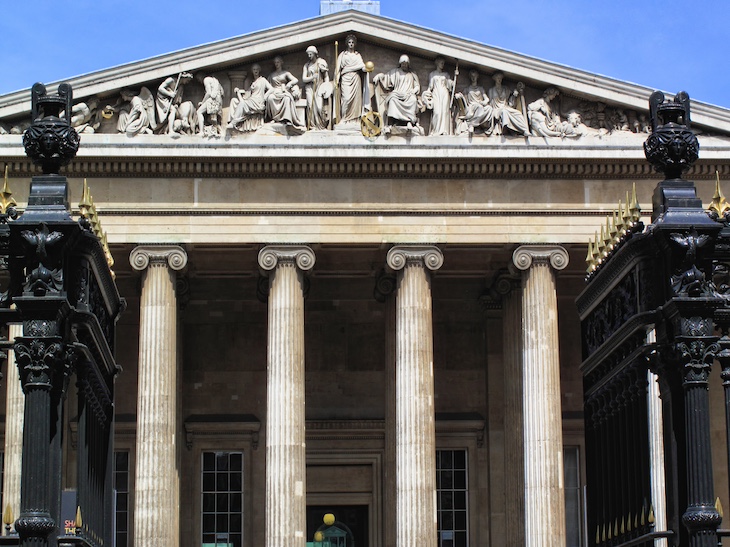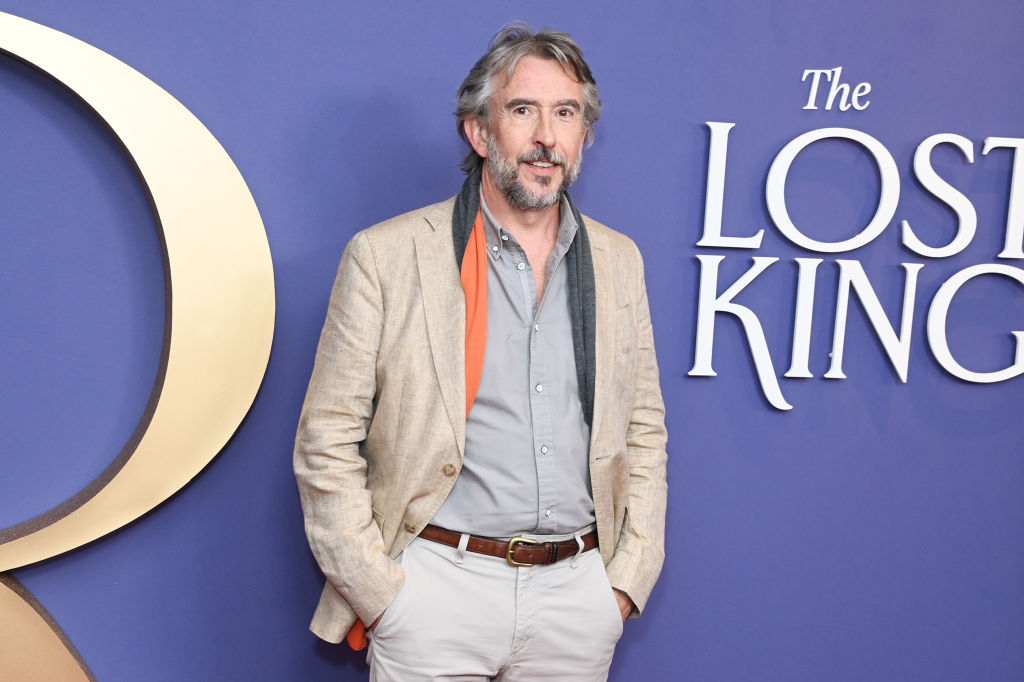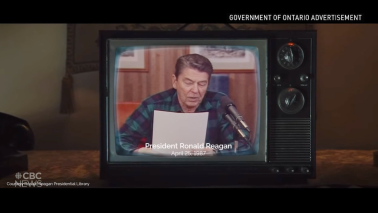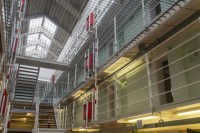The British Museum is beginning to think about the possibility of embarking on a massive programme of refurbishment, repairs and the reorganisation of its galleries, now that the building is showing its age. At the same time, many groups would like to use this opportunity to change the very character of the museum.
One such group is The World Reimagined. Its co-founder Michelle Gayle takes the view that this is a chance for the British Museum ‘to look its past in the eye’. She has the active support of Jolyon Maugham’s Good Law Project, which embraces a whole catalogue of campaigns about issues such as puberty blockers and keeping GB News ‘in check’. It too wants to reimagine the world from a stridently far-left perspective.
The museum emphatically does not exist to preach ideologically tainted conceptions of morality
It is no surprise, then, that the particular issue they insist the British Museum needs to address is the history of British involvement in the Atlantic slave trade. The Guardian excitedly reports that in a YouGov poll 53 per cent of respondents liked the idea of the British Museum having a gallery dedicated to the slave trade. An even larger number think that the BM should be educating the public about this subject. The British slave trade, campaigners aver, deserves a whole gallery, because the museum is dismally failing to address a subject of undoubted importance in the history of Britain during the seventeenth and eighteenth centuries.
Naturally one would hope that their plan pays due attention to the Wilberforces, Clarksons and the many anonymous sailors who fought (in the last case literally) against the slave trade. But one suspects this is not at the top of the campaigners’ agenda.
Alas, this proposal for a slavery galley falls flat at the very start. Just thinking about the location, there is the simple fact that the place to commemorate the evils of the slave trade should surely be cities where it was most actively practised, such as Liverpool and Bristol. There is already a slavery museum in Liverpool, even if not everyone is happy with it, and there is also good coverage in the dockside museum in Bristol, M Shed. If you believe in raising the cultural profile of Britain’s most interesting cities, then they are the correct location for this kind of gallery. The World Reimagined is guilty of what I would call overt Londonism. Besides, London does have a gallery inside a renowned and very popular museum that lays heavy emphasis on the slave trade. The Atlantic gallery at the National Maritime Museum in Greenwich is a bit disappointing if you want to know why Oliver Cromwell captured Spanish Jamaica, but expansive on the trade in slaves that developed over the next century and a half.
Michelle Gayle opines that ‘the British Museum’s ambitious redevelopment is a chance to present history accurately and inclusively. George Osborne calls it the most significant transformation in the museum’s history – will it still downplay such a vital part of our shared history?’
One can only hope that due attention will be paid to accuracy, because this has not been the case in several recent exhibitions that have tried to emphasise the dark history of the slave trade by impugning those who had only tangential connections with it. The influence of books by propagandists of Critical Race Theory have distorted our understanding of the past. Our duty is to try to enter the mental world of those who lived in distant times, however remote their conception of morality is from our own. The role of the historian is not to impose the moral standards of the day on the past, but to describe what motivated people in a dispassionate way by trying to enter their often very alien mental world.
There is, though, one over-riding objection to the proposal to add a gallery about slavery to the British Museum. Here I need to mention what is not exactly a conflict of interest. Several months ago, when Rishi Sunak was prime minister, I received an invitation from the Department of Culture, Media and Sport to put my name forward for one of several vacant positions of Trustee of the British Museum. That, of course, is no guarantee of success. But with the Labour victory in the general election and the statement by the new Culture Secretary Lisa Nandy that ‘the Culture War is over’ (i.e. ‘we have now won’) I estimated my chances of being appointed became around 0.00001 per cent. I suspected the fact that I occasionally write for The Spectator and the Telegraph would in any case be held against me – for fear that I would reveal the secrets of, say, the Elgin Marbles negotiations. Suffice it to say, I recently received notice that I was not even to be interviewed for the post. But I do have views about the British Museum and am now free to express them in the press in a way I could not do if I were still a candidate for Trustee.
Despite its name, the British Museum is not devoted to the history of Great Britain. It is a museum in Britain but not a museum about Britain. It goes without saying that it includes British material and has curators whose main interest lies in the archaeology of the British Isles. But the British collections form part of an unrivalled global collection, as you can see if you visit the splendid Silk Roads exhibition which is currently on show. There, the Sutton Hoo treasures are placed in a context that embraces lands as distant as Korea and Japan. The BM is the greatest Universal Museum in the world, only rivalled by the Louvre and the Met, but unquestionably finer than either. Its ability to place side by side treasures from, say, ancient Egypt, ancient Assyria and ancient Greece, and to suggest how they relate to one another, is exceptional. This explains why the Elgin Marbles belong in London, displaying Greek civilisation at its height in the context of everything that was going on in the ancient world in the age of Pericles. The museum emphatically does not exist to preach ideologically tainted conceptions of morality.
The museum is being reshaped; and the proposed gallery would certainly reshape it. Conceivably, when everything of interest has been shipped back to its place of origin and all that fills its empty, echoing galleries is rows of knapped flints from Dorset, the BM will become just a national museum. But for now at least it is an international one – and it must retain that role.








Comments